How often to season?
dmlove
16 years ago
Featured Answer
Sort by:Oldest
Comments (13)
kayskats
16 years agoRelated Professionals
Charleston Furniture & Accessories · Memphis Furniture & Accessories · North Bergen Furniture & Accessories · Racine Furniture & Accessories · Fargo Furniture & Accessories · Westport Furniture & Accessories · Ashwaubenon Interior Designers & Decorators · Mount Sinai Interior Designers & Decorators · Shorewood Interior Designers & Decorators · East Peoria Kitchen & Bathroom Designers · South Barrington Kitchen & Bathroom Designers · Sunrise Manor Kitchen & Bathroom Remodelers · Durham Kitchen & Bathroom Remodelers · Glen Carbon Kitchen & Bathroom Remodelers · Gibsonton Kitchen & Bathroom Remodelersdmlove
16 years agoazzalea
16 years agobean_counter_z4
16 years agodmlove
16 years agoNancy
16 years agodmlove
16 years agoeal51
16 years agodmlove
16 years agodanab_z9_la
16 years agoawm03
16 years agodanab_z9_la
16 years ago
Related Stories
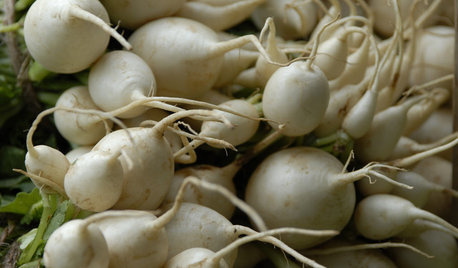
GARDENING GUIDESCool-Season Vegetables: How to Grow Turnips
Sweeter after a taste of frost, these often-overlooked root vegetables can be a surprisingly tasty part of your fall garden
Full Story0

PORCHESThe Sunporch: A Room for All Seasons
Embrace the outdoors while staying sheltered from the elements with a bright, lounge-ready sunporch
Full Story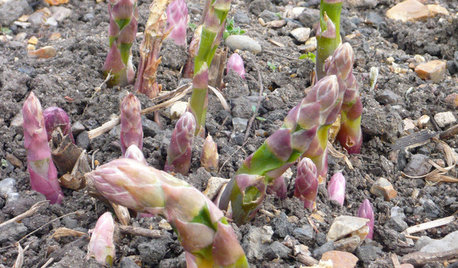
COOL-SEASON CROPSCool-Season Vegetables: How to Grow Asparagus
Patience pays off with this harbinger of spring that lasts for decades in the garden
Full Story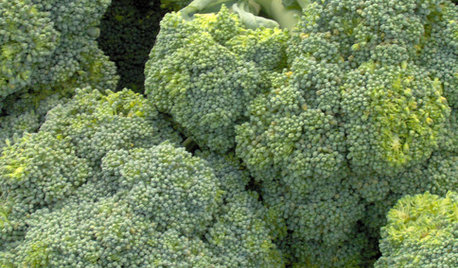
COOL-SEASON CROPSCool-Season Vegetables: How to Grow Broccoli
Packed with vitamins, broccoli is a nutritional powerhouse and is easy to grow in a fall or spring garden
Full Story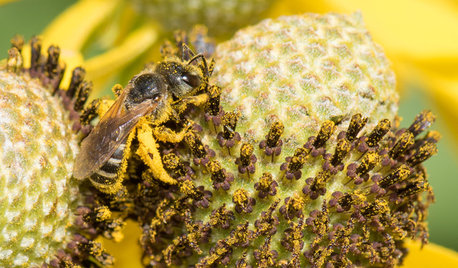
GARDENING GUIDESWelcome Sweat Bees to Your Garden Throughout the Growing Season
Look before you swat! These friendly sweat bees will feed on your sweat on a hot summer day, but their main buffet is flowers
Full Story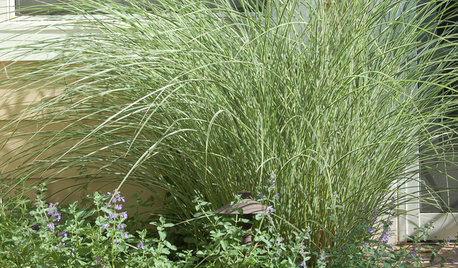
GARDENING AND LANDSCAPING5 Smokin' Warm-Season Grasses
Beat the heat with beautiful grasses that help your landscape shine from summer through fall
Full Story
DECORATING GUIDESRust for All Seasons
Love Rust? Persimmon? Here's How to Live With Rich Warm Colors All Year
Full Story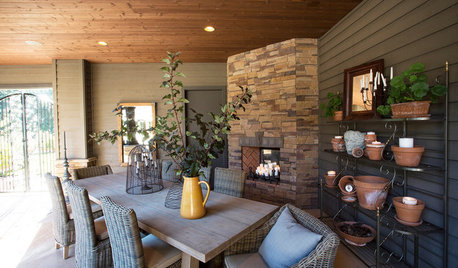
GARDENING AND LANDSCAPING3-Season Rooms: From Unused Space to Fab Outdoor Kitchen
Clean lines, a serious grill and even a Kegerator make this Oregon outdoor room a spring-to-fall joy
Full Story
GARDENING GUIDESGreat Design Plant: Lindera Benzoin Offers 3-Season Interest
Support wildlife and enjoy the aromatic leaves of this U.S. native also known as spicebush, Benjamin bush and spicewood
Full Story
Dress Up Your Hearth for Fireplace Season
The right screen and accessories add the finishing touches to a cozy night by the fire
Full StorySponsored
More Discussions






azzalea